Decree No. 141/2024/ND-CP detailing a number of articles of the Law on Prevention and Control of Human Immunodeficiency Virus (HIV/AIDS) has many new points related to the fight against this epidemic in Vietnam.
Medical news on November 21: New points in HIV pandemic prevention and control in Vietnam
Decree No. 141/2024/ND-CP detailing a number of articles of the Law on Prevention and Control of Human Immunodeficiency Virus (HIV/AIDS) has many new points related to the fight against this epidemic in Vietnam.
Six new points in HIV prevention and control in Vietnam
The Government has just issued Decree No. 141/2024/ND-CP detailing a number of articles of the Law on Prevention and Control of Human Immunodeficiency Virus Infection (HIV/AIDS)...
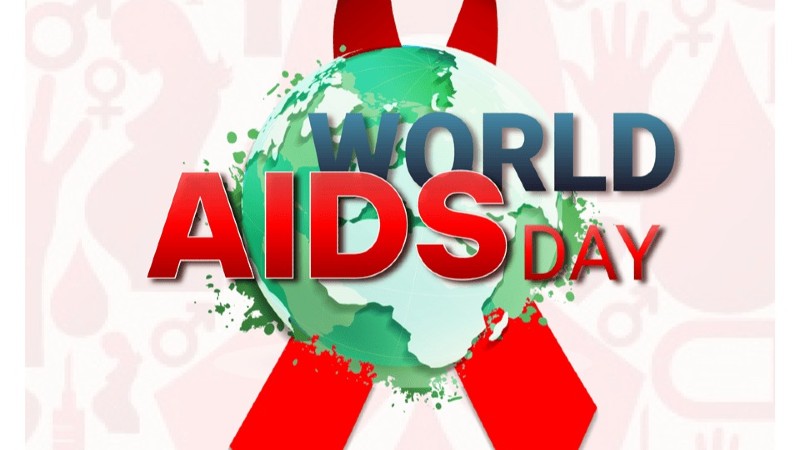 |
| Decree No. 141/2024/ND-CP detailing a number of articles of the Law on Prevention and Control of Human Immunodeficiency Virus Infection (HIV/AIDS)... has many new points related to the fight against this epidemic in Vietnam. |
Some new points of the Decree include full guidance on the detailed provisions of Clause 6 and Clause 9, Article 1 of the Law on HIV/AIDS Prevention and Control 2020, on allowing people infected with HIV and people with high-risk behaviors to provide HIV/AIDS prevention and control services and HIV screening tests, and HIV positive confirmatory tests.
First of all, the Decree stipulates the need to propagate and participate in implementing harm reduction intervention measures in HIV infection prevention according to Government regulations;
Provide HIV counseling, screening, and self-testing services for people with high-risk behaviors when meeting the conditions prescribed by the Government;
Conditions, documents, and procedures for recognizing facilities that meet the conditions for HIV positive confirmation testing according to Government regulations.
Second, fully regulate the measures and subjects of application of harm reduction interventions in HIV infection prevention, ensure the expansion of HIV infection prevention solutions and specify the groups of subjects requiring intervention to adapt to changes in the HIV epidemiological situation and groups with emerging HIV infection risk behaviors as prescribed in Clause 7, Article 1 of the HIV Law 2020 (amending and supplementing Article 21 of the HIV Law 2006).
Third, the management, distribution, and use of HIV drugs have many points that are inconsistent with the State Budget Law, Pharmacy Law, and Health Insurance Law and need to be changed.
In practice, there are 3 groups of people who are given free ARV drugs, including people exposed to HIV and people infected with HIV due to participating in rescue operations;
Children with indications for treatment to prevent mother-to-child transmission of HIV; HIV-infected people in compulsory education facilities, reform schools, drug rehabilitation facilities, social assistance facilities, prisons, temporary detention camps, temporary detention houses, and other detention facilities.
This change aims to ensure coverage for the above target groups to have access to ARV drugs, demonstrating the superiority of society and the state and in accordance with Clause 13, Article 1, Law on HIV/AIDS Prevention and Control 2020 (amending and supplementing Article 39 of the Law on HIV/AIDS Prevention and Control 2006).
Fourth, amending a number of regulations for drug addicts in Decree No. 90/2016/ND-CP to be consistent with the changed regulations in the 2021 Law on Drug Prevention and Control and the Law on Amending and Supplementing a Number of Articles of the Law on Handling of Administrative Violations; at the same time, including the content of regulations on multi-day replacement drug distribution in the Decree to create a legal corridor for nationwide expansion in the coming time.
Fifth, regarding the records and procedures for registration to participate in treatment of opioid addiction with replacement drugs and the records and procedures for issuing community outreach worker cards, the regulations are suitable to reality and meet the requirements for reducing administrative procedures.
The regulations on records and procedures for issuing community outreach worker cards in the Joint Circular are no longer consistent with the regulations on promulgating legal documents on administrative procedure control.
Sixth, some regulations on material facilities and personnel conditions for organizing the operation of alternative treatment facilities and HIV-positive confirmation testing facilities are changed to conform to the system of legal documents on medical examination, treatment and biosafety; at the same time, additional regulations on conditions, authority, records, procedures, and procedures for designating and adjusting certificates of HIV-positive confirmation testing facilities have not been previously specified in Decree No. 75/2016/ND-CP.
From 2025, the regulation on dividing drug lists by hospital class will be abolished.
According to Ms. Vu Nu Anh, Deputy Director of the Department of Health Insurance (Ministry of Health), in recent years, medicine has always been an important component and always accounts for a large proportion of the total cost of medical examination and treatment under health insurance.
Currently, the promulgation of the List and regulations on health insurance payment for drugs is being implemented according to Circular No. 20/2022/TT-BYT dated December 31, 2022 of the Minister of Health promulgating the list and rates, payment conditions for pharmaceutical drugs, biological products, radioactive drugs and markers within the scope of benefits of health insurance participants.
Ms. Nu Anh said that after nearly 2 years of implementation, Circular No. 20 has revealed a number of problems, requiring amendments, supplements, and adjustments to suit the actual situation.
The Ministry of Health issued Circular 37 to overcome the above shortcomings and from January 1, 2025, medical examination and treatment facilities nationwide will implement this new Circular.
Accordingly, Circular 37 has many new points, specifically, previously, drugs were used and paid for by health insurance at medical examination and treatment facilities according to hospital class including: Special class, class I, class II, class III and class IV hospitals; technical professional levels including: Central, provincial, district and communal levels.
The advantage of not dividing the drug list according to hospital class is that medical examination and treatment facilities can use all drugs in the list, in accordance with the scope of professional activities, diagnosis and treatment instructions, regardless of hospital class or technical expertise level.
This also encourages medical examination and treatment facilities to develop their expertise and techniques; attract human resources and encourage the development of medical staff's capacity, especially creating conditions for the development of grassroots health care by ensuring fairness in access and payment of health insurance for drugs.
Not dividing the drug list by hospital class also helps limit the number of patients choosing to go to medical examination and treatment facilities with high technical expertise, reducing the overload situation at some medical examination and treatment facilities with high technical expertise.
The new circular also adds new regulations on drug payment instructions such as payment regulations for drugs at commune health stations, contributing to increasing access to drugs for patients with chronic diseases when being managed and treated at health stations, while creating a financial mechanism to encourage the development and improvement of professional capacity of staff at commune health stations.
Or regulations on payment for chronic disease treatment drugs when the patient is being treated as an inpatient for another disease, to ensure that health insurance participants have continuous access to use and ensure health insurance payment benefits for drugs.
There are also regulations on payment for drugs in special cases, contributing to flexibility in special situations such as natural disasters, wars, and catastrophes.
According to the leader of the Health Insurance Department, these new regulations will help supplement cases covered by the Health Insurance Fund to increase access to drugs, provide flexibility in payment instructions for patients, and create conditions for medical examination and treatment facilities to pay for drug costs that were not previously paid due to lack of specific instructions.
Thereby, contributing to ensuring the rights of health insurance participants, while creating a financial mechanism to promote the development of medical examination and treatment facilities.
The rate of stroke and high blood pressure is getting younger and younger.
According to Professor Alta Schutte, Head of the Cardiovascular, Vascular and Metabolic Research Group at the Faculty of Medicine, University of New South Wales, Australia, 1.4 billion people worldwide have high blood pressure, while this is the main cause of strokes.
When it comes to preventing stroke and heart disease, the most important thing is to address the problem of high blood pressure. Despite many advances, we have not been able to significantly improve the problems of preventing and treating heart disease as well as protecting heart health.
According to Professor Valery Feigin, Director of the National Institute of Stroke and Applied Neuroscience at Auckland University of Technology (NISAN) (New Zealand), unhealthy lifestyle factors are often overlooked when assessing the risk of cardiovascular disease.
CVD prevention measures are focused mainly on high-risk groups, but up to 80% of strokes and cardiovascular events occur in low- to moderate-risk groups, precisely because of this group of causes.
Overweight, obesity, and a diet low in fiber, drinking lots of soft drinks and alcohol lead to high blood pressure and metabolic disorders. This leads to a high risk of cardiovascular disease.
The expert, who is in the top 1% of most cited scientists in all fields, said this is a common lifestyle among children and teenagers.
Prof. Alta Schutte, author of more than 400 scientific articles in the field of blood pressure and cardiovascular disease, expressed a similar opinion.
According to Professor Alta Schutte, more and more children and young people in their 20s and 30s are suffering from high blood pressure, a disease that was previously only seen in people aged 60 and over. Having high blood pressure at an earlier age means an earlier risk of stroke, especially if it is not detected and treated with medication or lifestyle changes.
Furthermore, Professor Schutte emphasized that high blood pressure often has no obvious symptoms, making it difficult to diagnose and treat stroke early.
She points out that half of people with high blood pressure don't even know they have it, and they are at risk of heart attacks, strokes, kidney failure and dementia.
More than 75% of these come from low- and middle-income countries, which means we need to improve the situation not just in places where conditions are good, but also in countries where conditions are worse.
Source: https://baodautu.vn/tin-moi-y-te-ngay-2111-nhung-diem-moi-trong-phong-chong-dai-dich-hiv-tai-viet-nam-d230556.html



![[Photo] General Secretary To Lam receives US Ambassador to Vietnam Marc E. Knapper](https://vstatic.vietnam.vn/vietnam/resource/IMAGE/2025/3/31/5ee45ded5fd548a685618a0b67c42970)

![[Photo] Prime Minister Pham Minh Chinh receives delegation of leaders of US universities](https://vstatic.vietnam.vn/vietnam/resource/IMAGE/2025/3/31/8be7f6be90624512b385fd1690124eaa)
![[Photo] 2nd Conference of the Party Executive Committee of Central Party Agencies](https://vstatic.vietnam.vn/vietnam/resource/IMAGE/2025/3/31/8f85b88962b34701ac511682b09b1e0d)
![[Photo] Speeding up construction of Ring Road 3 and Bien Hoa-Vung Tau Expressway](https://vstatic.vietnam.vn/vietnam/resource/IMAGE/2025/3/31/f1431fbe7d604caba041f84a718ccef7)


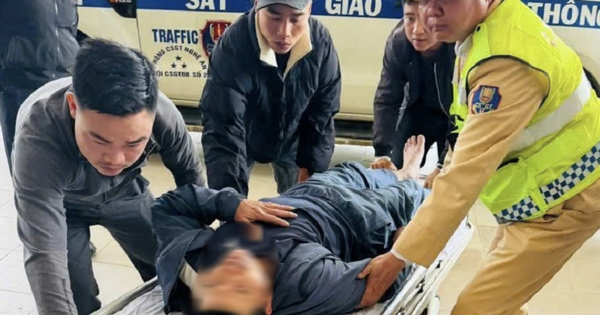

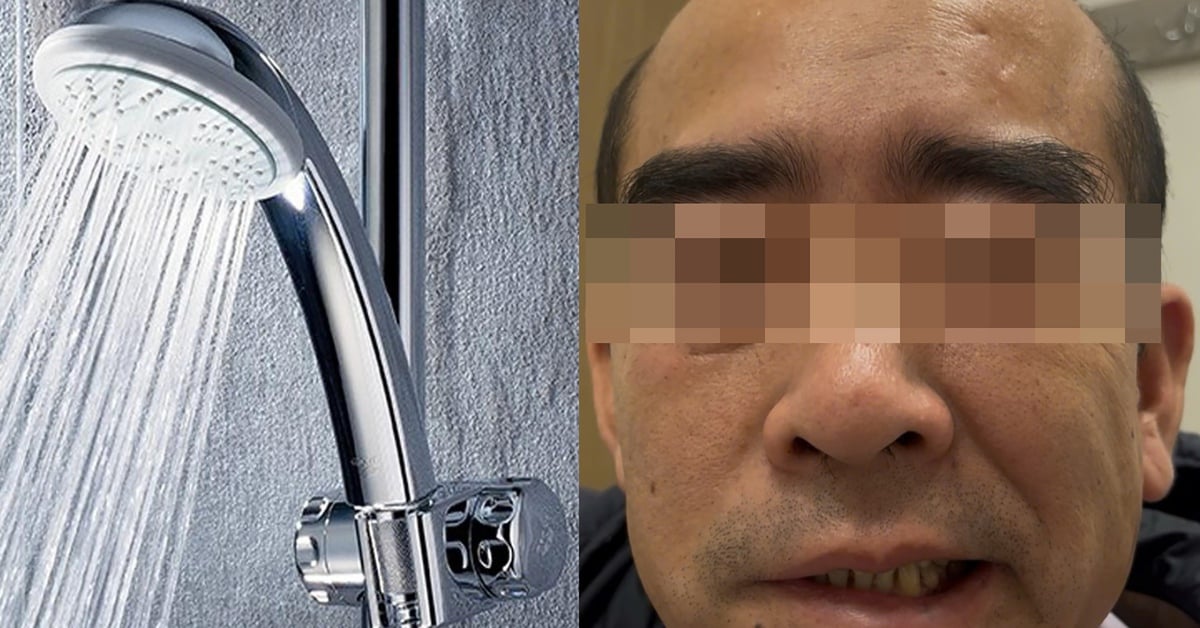






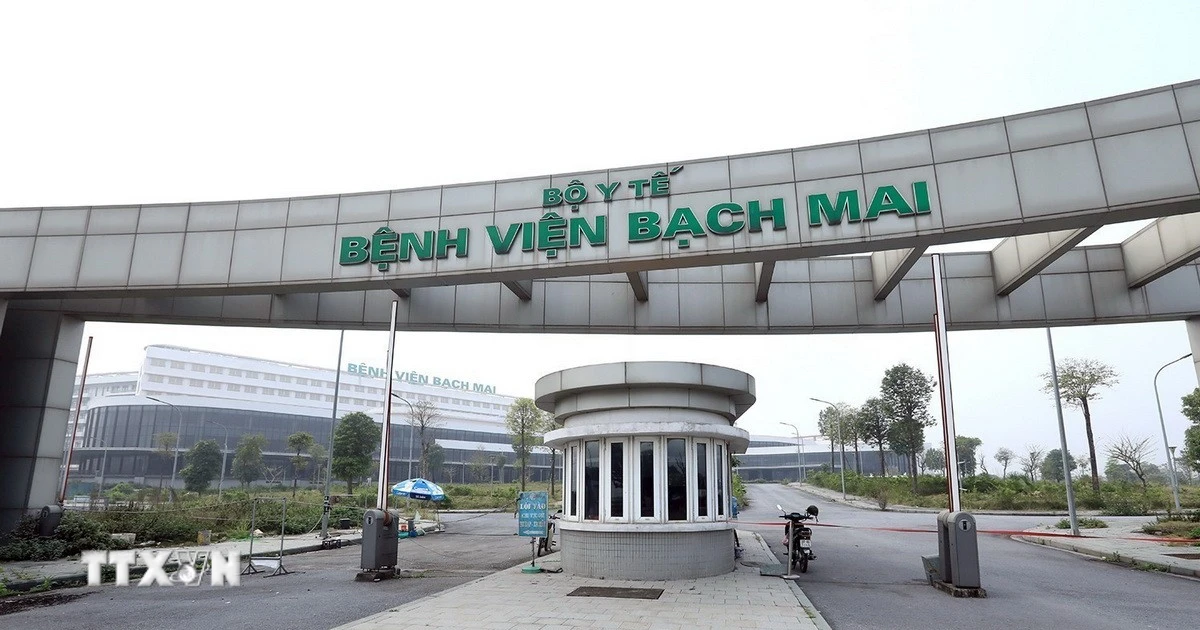
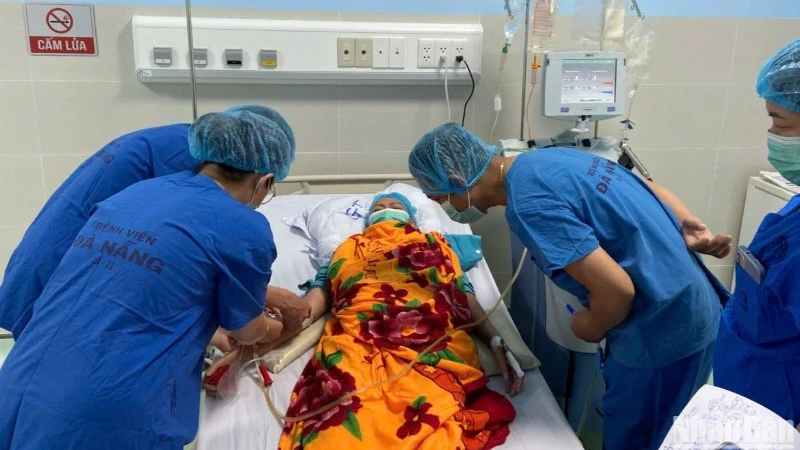
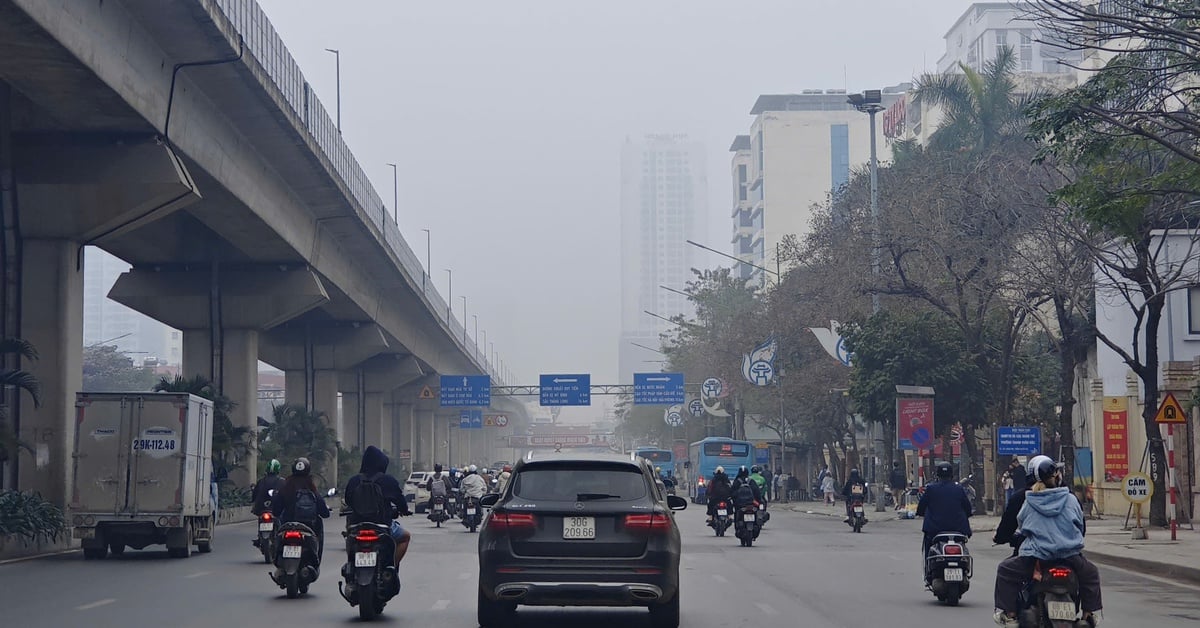
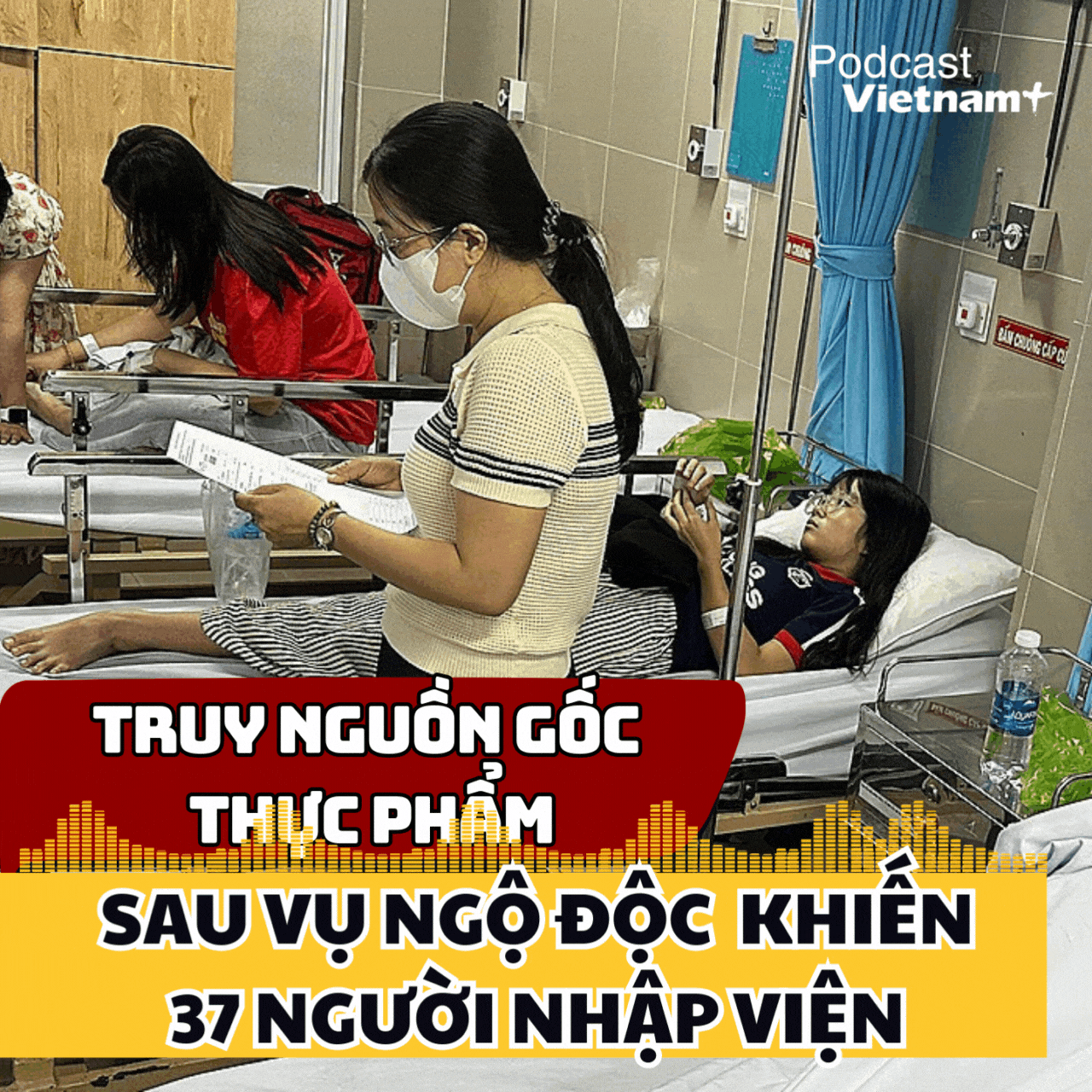








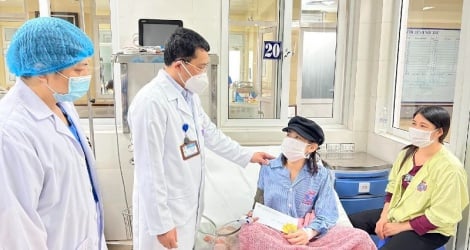











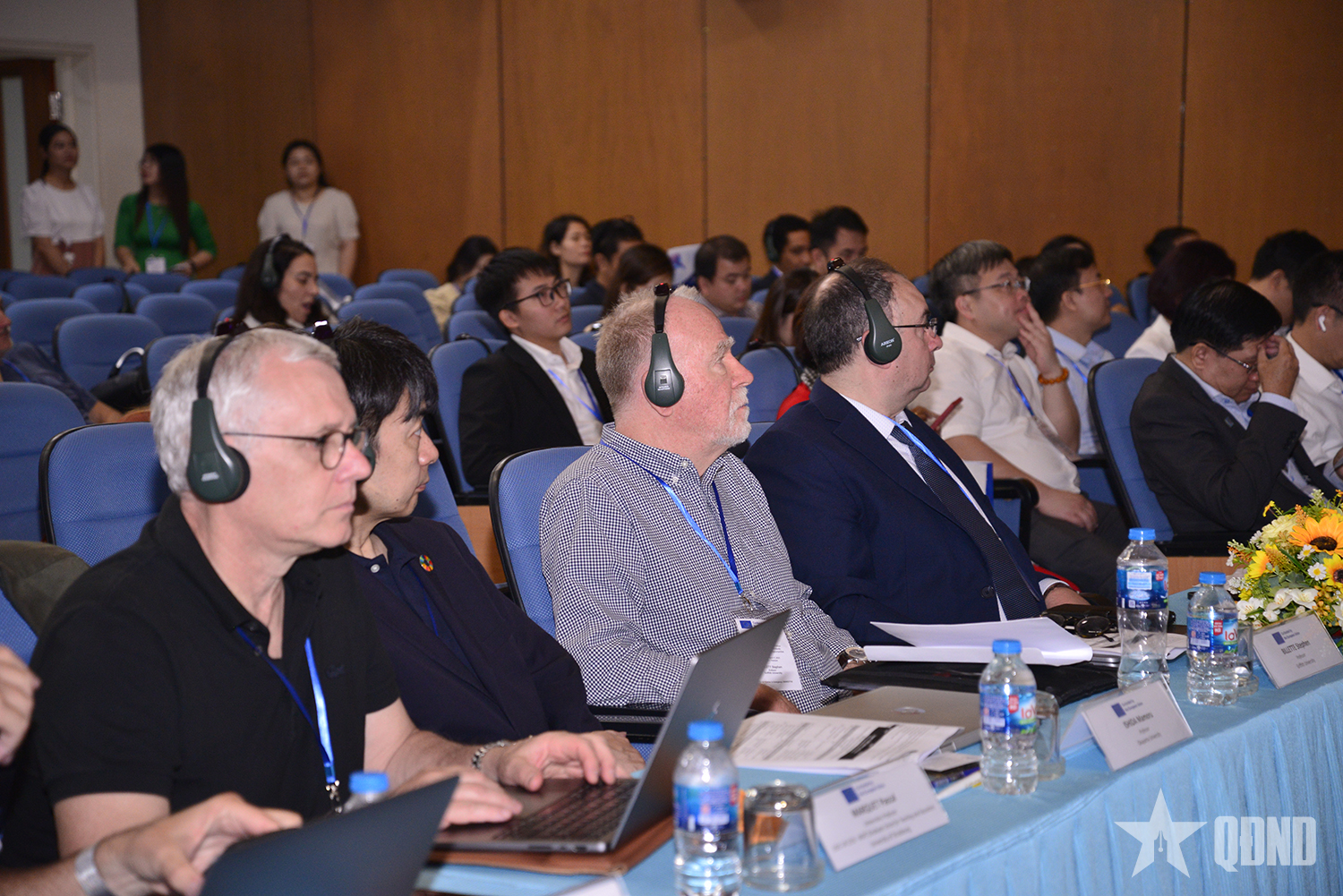


















































![[REVIEW OCOP] An Lanh Huong Vet Yen Cat](https://vstatic.vietnam.vn/vietnam/resource/IMAGE/2025/3/27/c25032328e9a47be9991d5be7c0cad8c)

Comment (0)